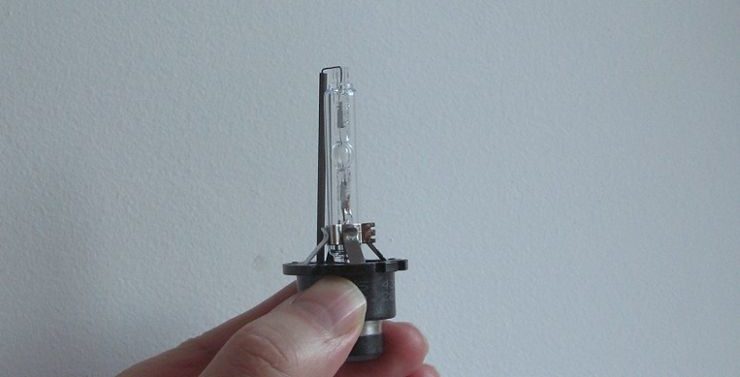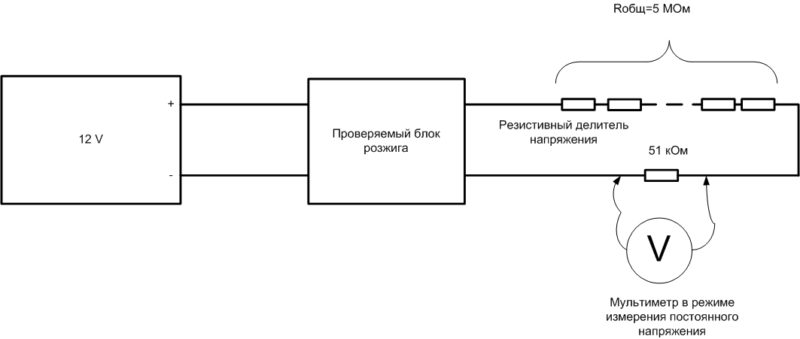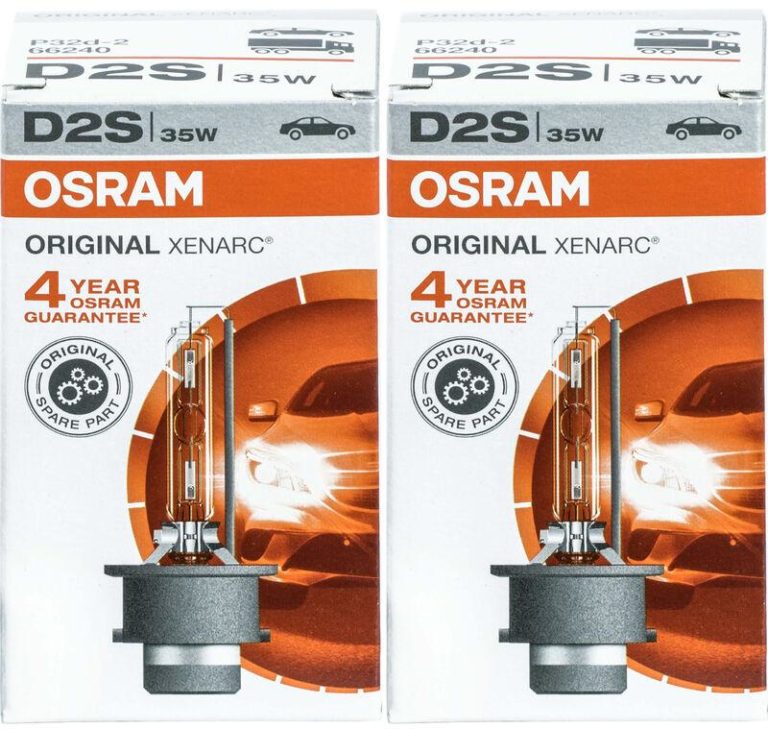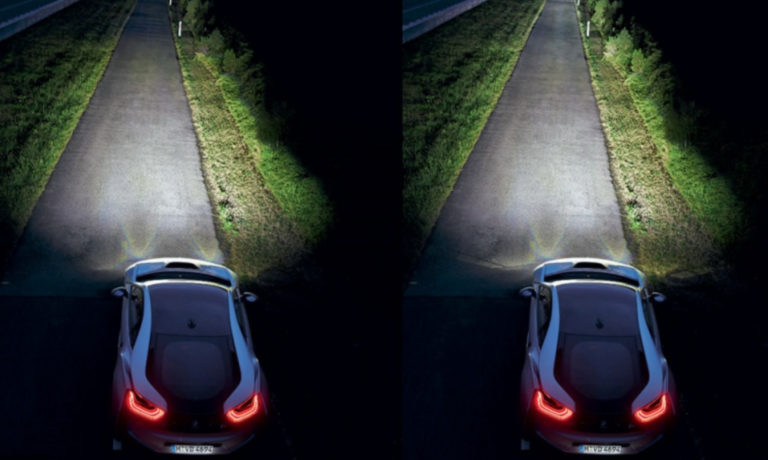How to check xenon
When troubleshooting the light system of the car, it is important to localize the problem. To do this, it is necessary to determine in general terms what is faulty - the control circuit, the xenon lamp itself or the ignition unit. To do this, you need to know some diagnostic skills and have a certain set of tools and devices.
What you need for the inspection
For a complete check and repair offered in this review, the maximum set of instruments and fixtures looks like this
- multimeter;
- serviceable ignition unit;
- serviceable xenon lamp;
- oscilloscope;
- soldering iron with a set of consumables.
If there is no complete set, partial diagnostics and partial repairs can be performed without the missing items on the list.
Options for self-diagnostics
To identify a faulty element of xenon lighting is quite possible independently. To do this, it is not necessary to go to the service station. And some operations can be performed without having additional equipment.
Xenon lamps
Visual inspection of the lamps in most cases will not give anything - the faulty element looks the same as the serviceable one.

Bulbs rarely fail at the same time. If two headlamps do not light up at once, there is reason to assume a malfunction in the control circuit of the car's lighting equipment. If one light-emitting element does not light up, you can check the xenon lamp by shifting from one headlight to another.

Possible options are:
- nothing has changed, the bulb that wasn't lit before doesn't light up;
- in the new place, the illuminating element worked, but the one which was burning in the other headlamp went out.
In the first case, with a high degree of probability you can talk about the failure of the lamp. You can not check it with a tester, because most of the lamps fail due to depressurization (through microcracks).
Important! When relocating the lighting elements can not touch the lamp bulb with your hands!
In the second case, the fault is most likely in the high-voltage module, wiring or lighting control circuitry. To screen out the control circuit, you can use a multimeter to check the 12 volt voltage at the unit's input connector when the low beam or high beam is on. If it is present, you should look for the cause in the electronic circuitry of the module. If it is absent, it means that the problem is in the control. To be absolutely sure, you can connect 12 volt directly from the car battery (preferably through a fuse).
Xenon ignition units
The first thing to start diagnosing the ignition units is a visual inspection. First it is necessary to examine the body of the electronic module. So you can detect corrosion, oxidation, broken pins of connectors.

If everything is in order, you should open the casing of the electronic device and inspect the board for:
- traces of moisture;
- corrosion or oxidation ;
- burned out or burnt out electronic components;
- breaks in the tracks or pins of radio elements;
- Other suspicious-looking signs.

In the presence of such problems, there is every reason to assume that the ignition unit is the cause of the malfunction. But if everything is visually all right, there is still no guarantee that the unit is working. It is necessary to conduct a further check.
The surest way to check the high voltage xenon ignition unit is to assemble a simple stand consisting of:
- 12 volt voltage source with enough power (you can use a power adapter or a car battery);
- a known good Xenon lamp.

If you supply 12 volts to the ignition unit (remembering that there is a dangerous voltage at the output of the electronic module and taking all precautions!!!), then if it is working, the lamp will light up, but if it is broken - not. If you use in this test bench a known faulty ignition unit, you can check the performance of xenon lighting elements.

If there is no functioning lamp, you can try to measure the voltage at the output of the ignition unit. It is unlikely that you will find a device in your home workshop which can measure 25000 volts, but you can try to lower the measured voltage with a resistive divider. To get a voltage of 250 volts acceptable for measurements, you would need to take 1/100 of the original voltage. The resistance of the upper (quenching) part of the circuit can be 5 megohms (dialed from several 0.5...1 Mohms), and the lower part 51 kohms. The problem is that such a high voltage is applied for a very short time, and the device (both digital and pointer) may not have time to react due to inertia.
Instead of a voltmeter you can try to take a 250 volt incandescent lamp or an LED with an appropriate current-limiting resistor and try to detect the flash. There is room for experimentation here - but safety first!
Related article: Rating of automotive H4 headlight bulbs
How to repair correctly
Xenon lamp repair, available on your own, comes down to the careful removal of dust and dirt from the base. If it did not help, the element is subject to disposal and replacement.
If it was found that a noticeable amount of moisture got inside the casing of the ignition unit, it is also better to replace the module. Operation in this condition often leads to a weakening of the insulation of the high-voltage part (transformers, connectors, etc.). Even if after washing with a lot of alcohol, thorough drying, soldering all connections and duplicating corroded board tracks the high-voltage module can be revived, its days are numbered. Current leakage through the weakened insulation will cause the voltage to drop, and this process will only progress. After some time, the unit will die permanently. Therefore, when installing xenon yourself, you must be more careful in choosing a place for installation of electronic equipment.
If burned out components or elements with obvious signs of overheating are detected at the stage of diagnostics, they must be replaced.
The reason for the failure of one element may be the failure of another, not visible outwardly. Therefore, replacement of an obviously inoperable component does not guarantee restoration of the module's serviceability.
Further repairs can be done if you have some qualification, a diagram of the available high-voltage module (you can search the Internet) and at least an oscilloscope.

Most units are built on a similar principle - a pulse generator controls the keys, which create a pulsed current in the primary winding of the transformer. From the secondary winding an increased voltage is taken and further increased in the transformers of the second stage to form the ignition pulse. An example of troubleshooting and repair can be found in a common high-voltage module circuit built on a TL494 chip.
First of all you should check the 12 volt voltage on pin 12 of the chip. If it is missing, you should test the power circuit from the input connector to the chip pin. If everything is in order, you should check the presence of pulses with the amplitude of about 12 volts on pins 9 and 10 of the microcircuits using an oscilloscope. If there are no pulses, you should look for the reason (maybe the microcircuit is faulty).
Next you need to check the passage of pulses to the gates of transistors T5, T6, and then on pins 1 and 3 of the pulse transformer TR1. If everything is OK, you should not make further diagnostics - you will have to make measurements in the high-voltage part. This can lead to failure of the multimeter or oscilloscope - their input circuits may not be designed for measuring high voltages. If the pulses are present and the unit is faulty, as a gesture of despair you can
- check in a row all semiconductors (transistors, diodes);
- test the continuity of the windings of all pulse transformers.
This should be done with the power supply removed. If faulty semiconductors or winding elements are found, they can be replaced. Transistors or diodes can be bought in the store. Foreign analogs (they are sometimes easier to find) of domestic semiconductor elements included in the circuit are listed in the table below.
| Element | Analog |
|---|---|
| KT819G | BDX77, TIP41C |
| KT3102E | 2N5088, 2N5089, BC184B |
| KT3107 | BC446, BC557 |
| KD521 | 1N4148 |
| KD213 | VS-MUR1520 (functional analogue) |
| 1N4007 | 1N2070, 1N3549 |
Transformers are more complicated, but you can take them from a known faulty donor unit. You should not rewind high-voltage transformers - homemade elements will certainly be worse than industrial ones, including insulation quality. If nothing helped, the unit must be replaced.
For clarity we recommend a series of thematic videos.
Carry out functional diagnostics of xenon head light system components by yourself. With the qualification you can do partial repair, but do not forget about the presence of high voltage in the system. Potentially unreliable elements should be replaced at the first opportunity - safety must be in the first place.

